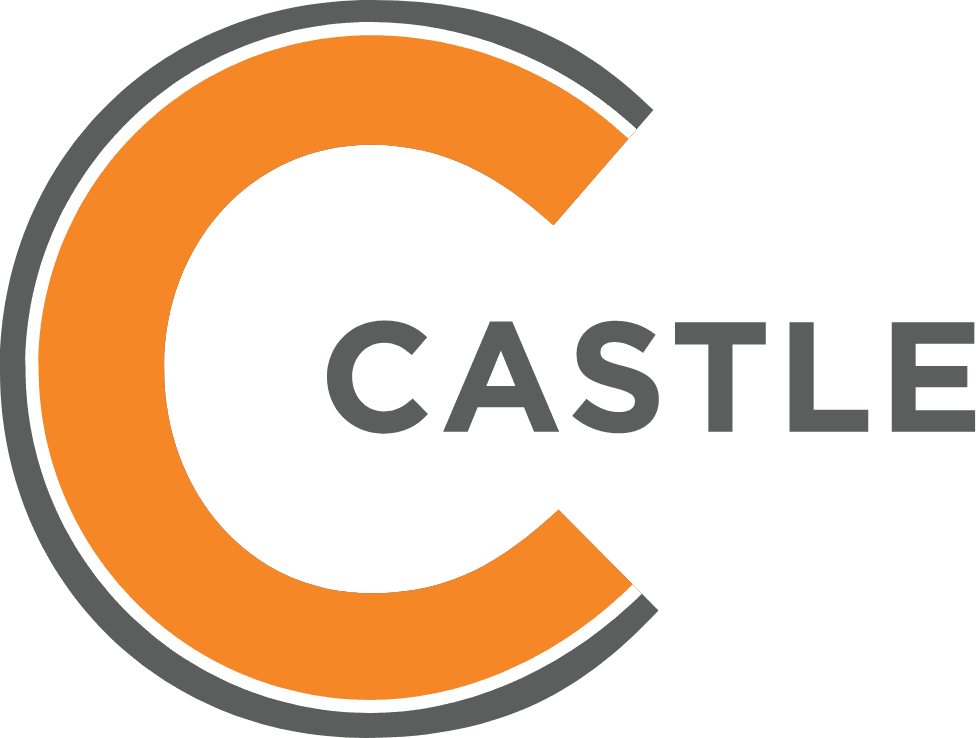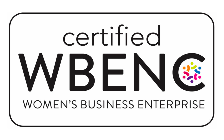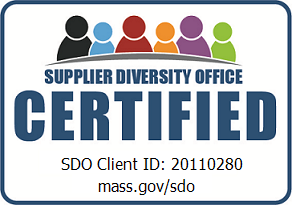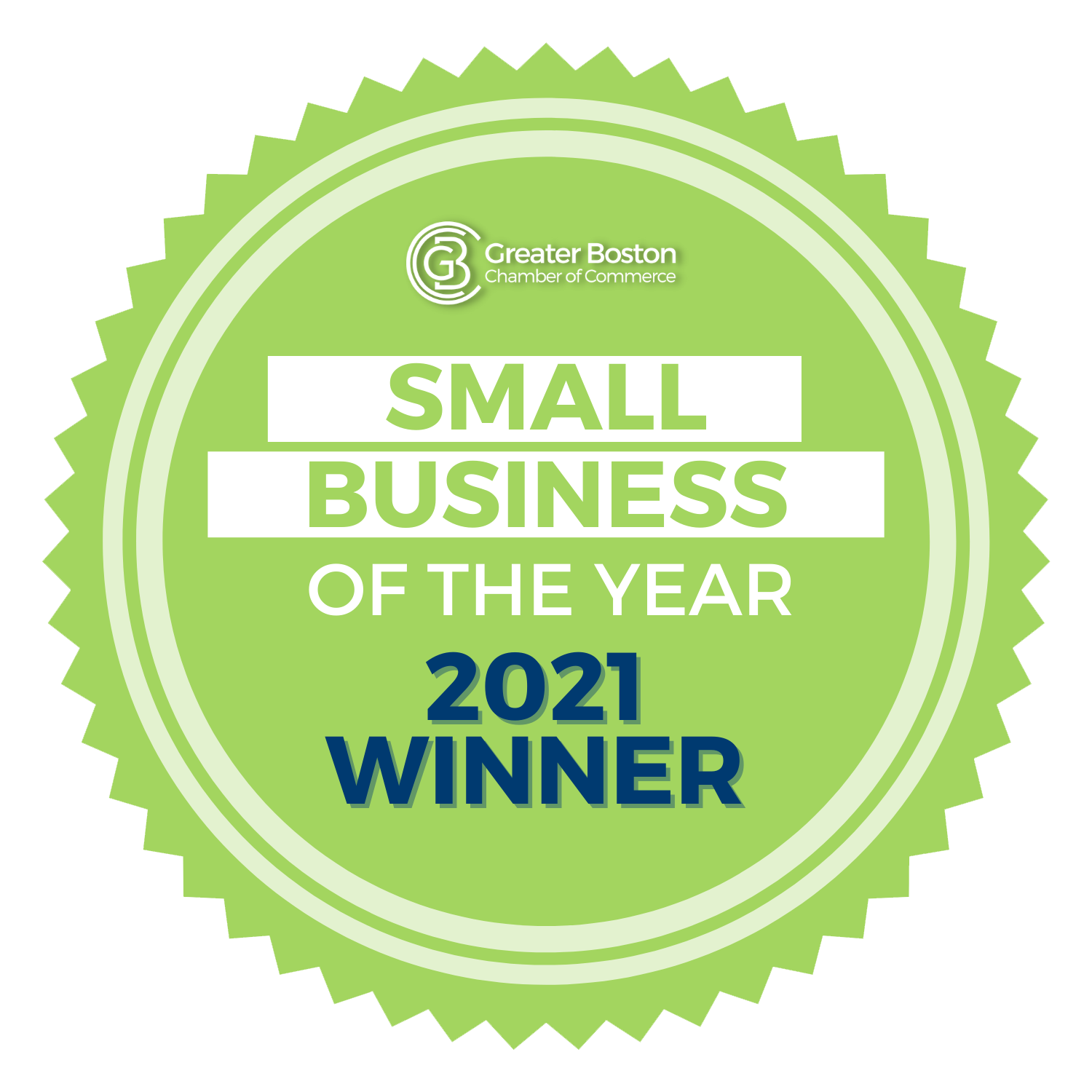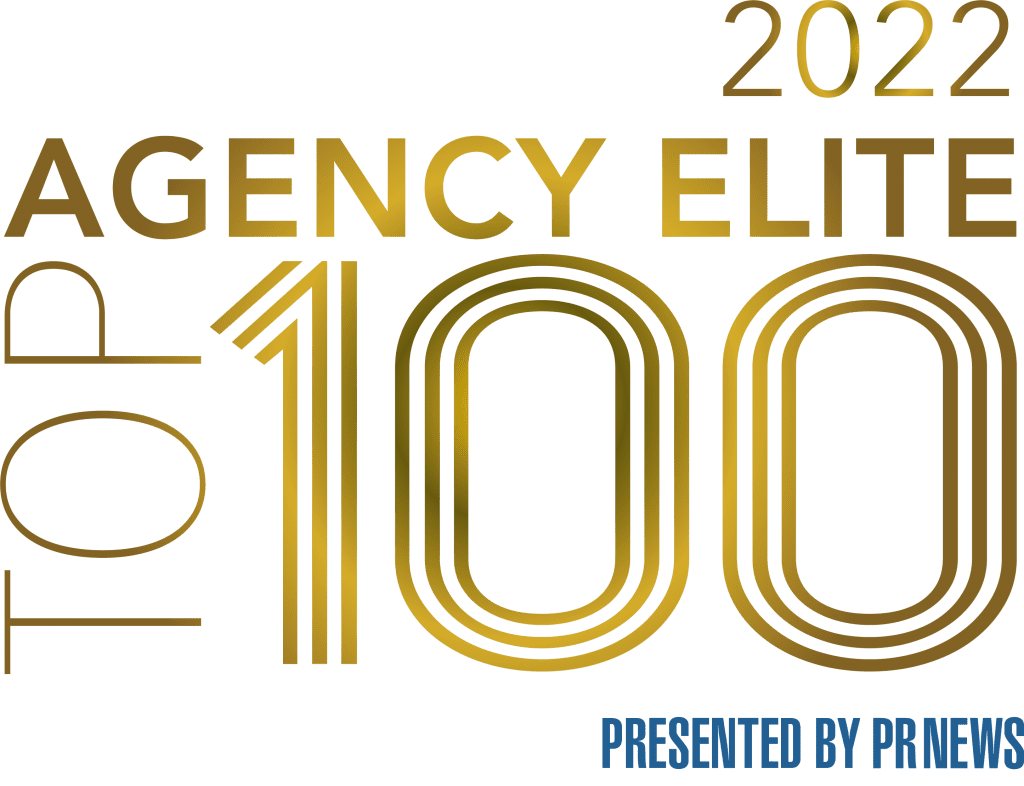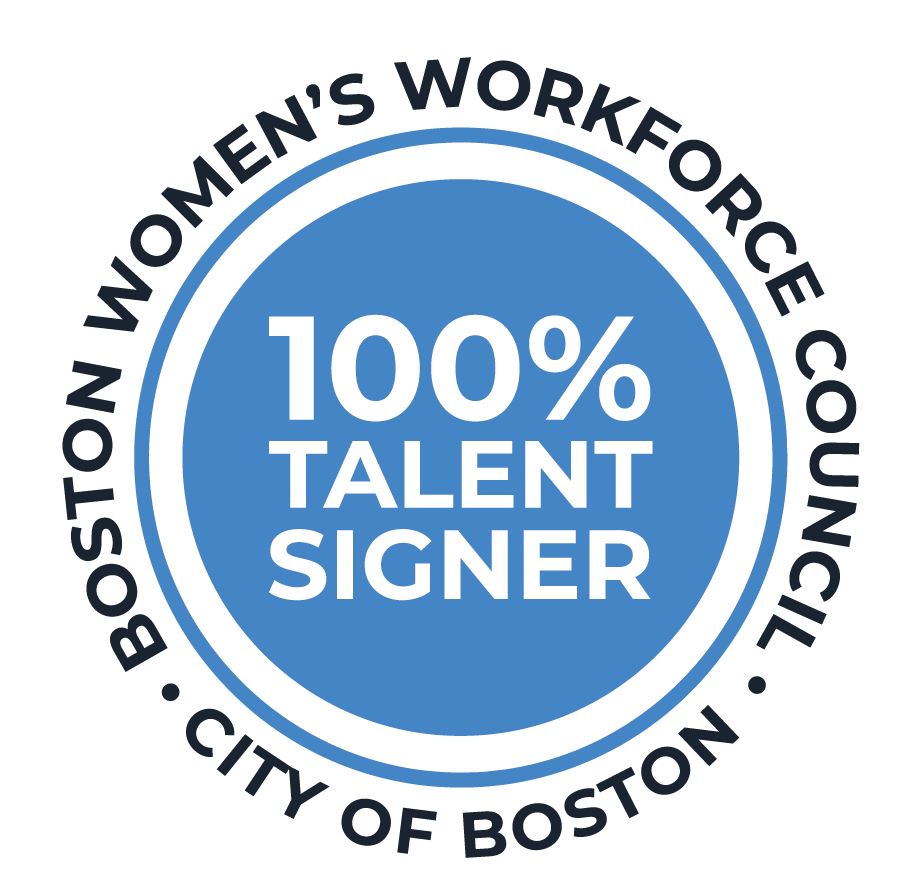What is thought leadership?
Thought leadership is a term we use all the time in public relations, but PR pros don’t always sit down and explain what we mean by it. Generally speaking, thought leadership is any communication that demonstrates an individual’s expertise in a specific field or topic area. It is often embedded into communications strategies to build leaders into recognized experts on topics related to their field. The goals of thought leadership include building executive presence, drawing media interest, attracting employees, and yielding influence online and in person. Done correctly, thought leadership can not only help build credibility but increase awareness of one’s products or services, develop trust with your target audience, open doors to speaking opportunities, and more.
Who are thought leaders?
Thought leaders are experts on a particular subject or within a specific industry. Here in Massachusetts, you might think of Congresswoman Ayanna Pressley who shines in the governmental policy and social justice spaces, or more locally, Robert Lewis Jr., President and CEO of the Boys & Girls Clubs of Boston, who is widely respected for his commitment to addressing critical issues affecting Boston youth.
Thought leaders take up space. They are visionaries, innovators, challengers, makers, teachers, and problem-solvers. Thought leadership isn’t only about garnering individual attention. It can be a powerful tool for connecting an individual’s ideas to a broader community or audience. Having mastery of a specific topic area is a necessary first step in being able to communicate ideas in a way that builds your credibility.
Why thought leadership is essential on social media

There are many ways to build thought leadership for a client. You could help your thought leaders write blogs, pitch them to media on specific topics, look for speaking engagements, and more. However, any thought leadership plan should have a social media component. Social media is a hub for building connections and sustaining them.
Let’s say you’re a business consultant who occasionally does speaking engagements, but you have no real social media presence. You might have a website where people can find more information about you or your services, but you don’t have a way of consistently engaging with your audience. How will you stay relevant and become top of mind for current or potential clients?
Social media is a way to take content from interviews, op-eds, or speaking opportunities and repurpose it for your networks. Maybe not everyone reads your op-ed in a business consulting trade publication, but you can make sure your primary audiences see it by re-sharing it on your social platforms. Social media is also an opportunity to understand your audience better and build community. When you’re just starting, it may take you some time to develop your audience, but that’s okay.
You don’t become an influencer overnight, but with an integrated marketing strategy in place, you can improve the process and, over time, work towards a broader reach.
Creating thought leadership content for social media
Building thought leadership on social media requires valuable, engaging, and relevant content. Keep in mind that the type of content you create should play to your strengths. If you’re passionate about writing, maybe making a LinkedIn newsletter and writing educational articles every week will suit you better. On the other hand, you might shine more as a speaker and may do better connecting with your audience through videos and podcasts.
Use formats that work for you as long as the content is authentic, relatable, and insightful. Only posting quotes and news won’t get you the reach you want. Your content should incorporate a large sliver of storytelling and serve as an extension of the work you do offline. A common mistake people make is thinking you have to create content for every social platform. This is a myth. Prioritize the ones that your audiences are most active on and start there.
How to build a thought leadership social media strategy
Using social media to build thought leadership is much more than promoting yourself or your company’s brand. It is a long-term endeavor that requires genuinely adding value to your industry and audience. You must be intentional and then be able to measure its effectiveness. Below are a few tips to guide your approach:
1. Define Your Goals & Identify Your Thought Leaders
To build a foundation for your strategy, clearly outline what you aim to achieve and identify individuals within the company who can serve as thought leaders. As mentioned earlier, thought leadership is used to build credibility and set your organization apart from others. When choosing the right thought leader, you might consider your president or CEO, but it can also be directors or supervisors. Regardless of the title, these individuals should have deep expertise and the ability to articulate their ideas effectively and authentically.
2. Review Competitors & Existing Thought Leadership
Analyze your competitors’ social media activities to identify what’s working for them. It’s okay and highly encouraged to look at other thought leaders and analyze the content they produce and how they engage with their audience. This analysis can help differentiate your strategy and assess your current position in the landscape. Are any individuals within your organization already recognized as experts in their field? Identify any existing content that aligns with your goals and determine how you can build upon it.
3. Create a Content Strategy
Content Buckets
Define the key themes and topics that align with your expertise and industry. For example, suppose you are the CEO of a nonprofit focused on youth programming. In that case, you might be a resource to discuss socio-economic issues affecting youth in your community, such as opportunity gaps or child poverty. Identify two to three content buckets that resonate with your target audience and identify the people best positioned as thought leaders within your organization.
Content Formats
Decide on the types of content you will create, such as graphics, blog posts, videos, webinars, or podcasts. It’s crucial to choose formats that suit your thought leaders’ strengths and preferences, resonate with your targeted audience, and make your storytelling more authentic.
Content Calendar
Develop a content calendar that outlines when and where you’ll publish content. Consistency is crucial to establishing a regular pattern of communicating about issues in which you have subject matter expertise.
4. Create, Distribute, & Promote Your Thought Leadership Content
Your content may differ from platform to platform depending on your target audience. LinkedIn is a great place to start, as it is a hub for building professional relationships and sharing insights and experiences. However, it’s a two-way street. Be sure to engage with your community by liking, commenting, and resharing as much as you post. Also, consider collaborating with other thought leaders in your industry and cross-promoting content. This has the potential to increase your reach and be a benefit to both parties.
5. Measure the Results
You might wonder, “How do I know if it’s working?” To measure the results of the strategy, you should monitor key performance metrics, such as engagement, website traffic, lead generation, and follower growth. Use analytics tools (often embedded into each social platform) to track your progress. This is not a one-size-fits-all situation. Don’t be afraid to adjust and optimize. Experiment with different content formats, posting times, and promotional tactics to improve results.
Thought leadership examples
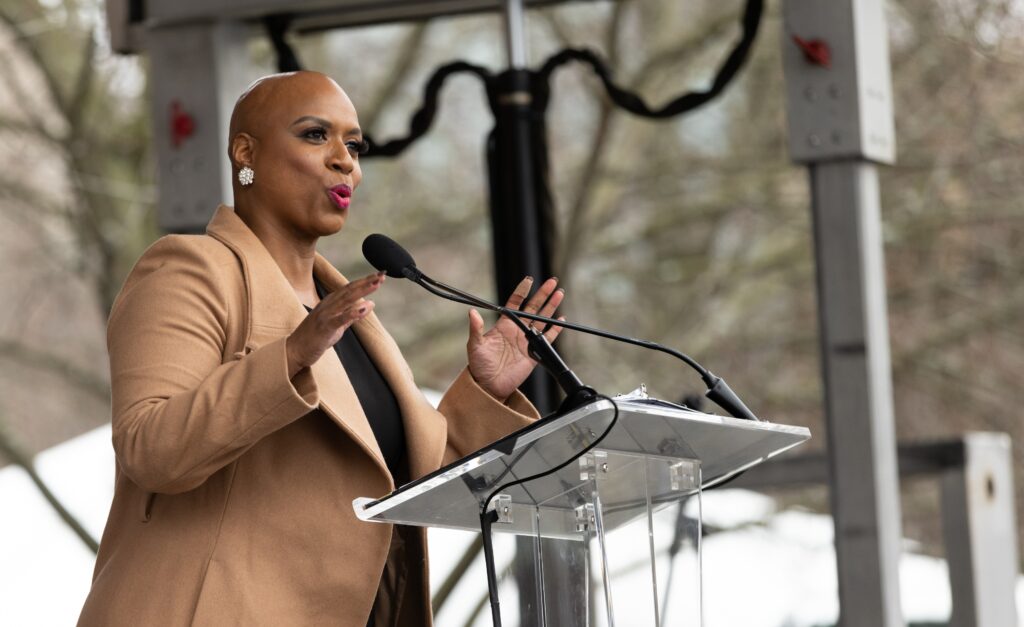
Ayanna Pressley – Thought Leadership Example #1
Congresswoman, activist, and legislator Ayanna Pressley is a prime example of a changemaker and leader in her industry. She is a prominent voice in the fight against racial and social inequalities, a champion for marginalized communities to ensure their voices are heard in policymaking, and a grassroots activist fighting for justice nationwide.
With over 530K followers on Twitter(X), 130K on Instagram, 50K on Facebook, and 1.6K on YouTube, Congresswoman Pressley maintains a vibrant and consistent online presence. She provides updates on her efforts to advance social justice and equity, promotes DEI initiatives, engages with other voices on the platforms, and provides resources to explain legislative proposals and policies across several topics.
Castle – Thought Leadership Example #2
Our Principal and Co-Founder, Sandy Lish, is a top public relations leader passionate about developing communication strategies and connecting people. As an active member of the community serving on various boards and a speaker often booked for regional and national events, Sandy has a wealth of expertise and experiences to share with the world.
She uses LinkedIn primarily to share resources, react to news or events, highlight accolades, and engage with colleagues and clients. Sandy’s personality shines through her commentary, and while she may not have as many followers as Congresswoman Pressley does, thought leadership isn’t about the number of followers but the quality and depth of your insight and work. A true thought leader earns respect and credibility.
There are many pieces to the puzzle of thought leadership, and Sandy uses them all. She exudes vast influence and continuously lives up to being a master of relationship building, online and offline.
Paulette Piñero – Thought Leadership Example #3
Paulette Piñero is the founder and CEO of Unstoppable Latina, a business consulting and multicultural marketing services company based in Massachusetts. Her target market includes Latina entrepreneurs looking to harness their strengths and learn tools to become “unstoppable” CEOs.
As a business owner, she speaks to her audience’s challenges in various topics within business and marketing. As a thought leader, Paulette makes it a point to advocate for DEI, share empowering testimonials, and provide in-depth resources such as tips for scaling your business and what companies need to know about hiring Latinx talent.
Her authentic equity approach to content and storytelling turns followers into customers. She consistently shares her expertise, experiences, success, and honest opinions through bite-sized content, helping to build trust with her target audience.

Work with Castle & create powerful thought leadership content for social media
At Castle, we use a mix of strategic communications tools to leverage your experience, insight, and understanding and convert it to tangible market value. After determining the right thought leader, we can help build a customized strategy to help you and your organization excel in your market.
